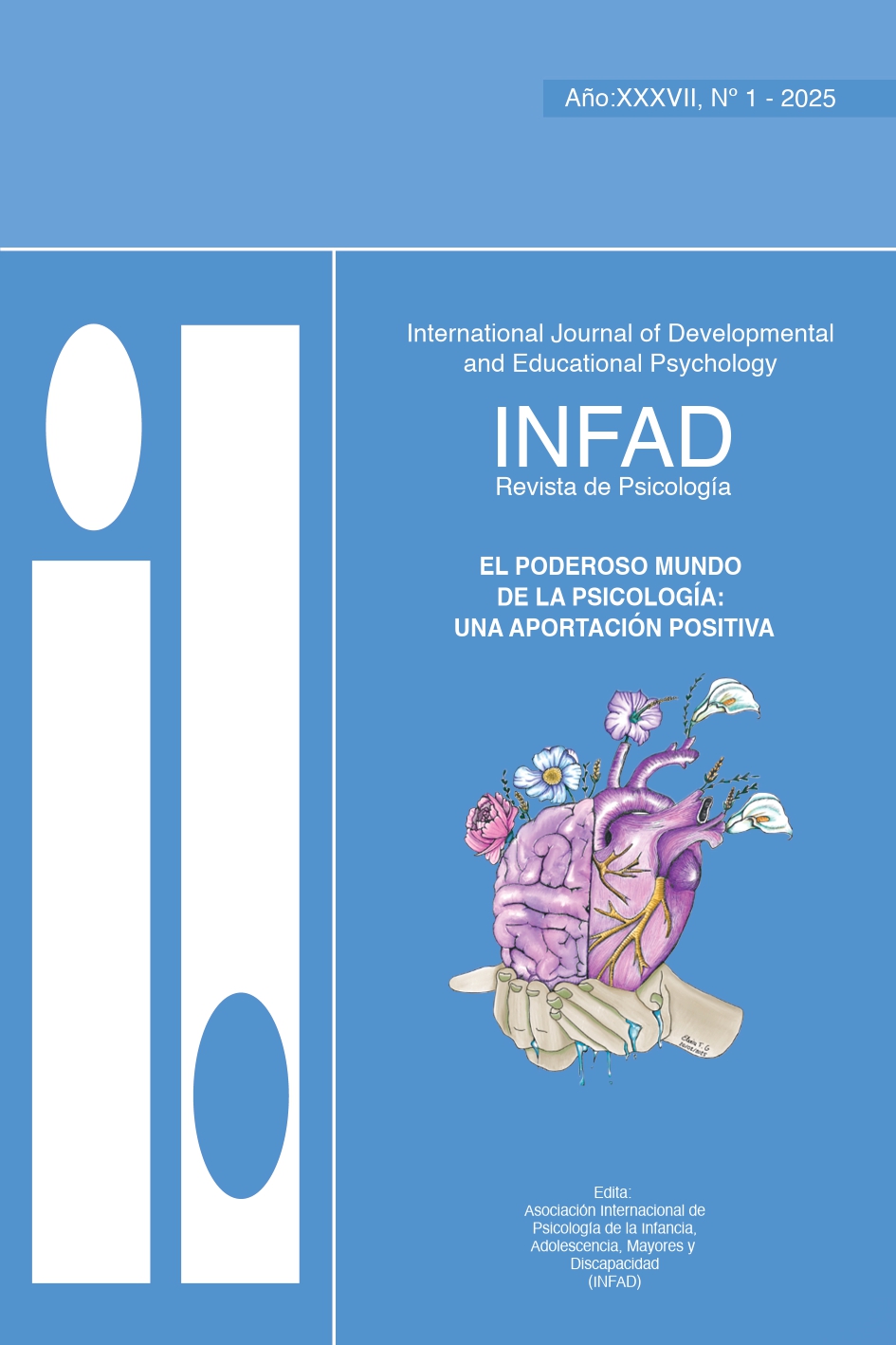Comparative analysis of digital safety training programs for minors
Contenuto principale dell'articolo
Abstract
Although the digital environment offers numerous opportunities for learning, communication, and leisure for minors, it also presents risks such as cyberbullying, exposure to inappropriate content, privacy issues, or screen dependency. This situation poses a challenge for educational institutions and public policies, which must prevent these risks and promote safe and responsible use of technology. Digital literacy education must go beyond technical proficiency, also integrating critical understanding of digital environments and ethical participation within them. In this context, a comparative analysis of nine digital safety training programmes for minors, developed in various countries and promoted by public, academic, and third-sector entities, is presented. The aim is to identify common patterns, divergences, and gaps that will help guide future actions in critical digital literacy and online risk prevention. The content analysis has been based on predefined themes and categories, examining objectives, target population, content, methodology, implementation, evaluation, accessibility, inclusion, and sustainability. The programmes analysed include established initiatives such as KiVa, eSafety Commissioner, and IS4K, as well as newer proposals such as CODI, Demo Days, Cyberprogram 2.0, Safety.Net, ConRed, and Líderes Digitales. The results reveal a convergence in the preventive approach and focus on cyberbullying, privacy, and safe use of social networks, with teacher training as a key pillar. However, differences in territorial scope, the inclusion of vulnerable students, and the treatment of emerging risks are identified. The need to move towards more inclusive, evaluable, and participatory programmes is concluded, where students also play an active role in building safe, ethical, and inclusive digital environments.
Dettagli dell'articolo
Sezione

Questo volume è pubblicato con la licenza Creative Commons Attribuzione - Non commerciale - Non opere derivate 4.0 Internazionale.
Aquellos autores/as que tengan publicaciones con esta revista, aceptan los términos siguientes:
- Los autores/as conservarán sus derechos de autor y garantizarán a la revista el derecho de primera publicación de su obra, el cuál estará simultáneamente sujeto a la Licencia de reconocimiento de Creative Commons que permite a terceros copiar y redistribuir el material en cualquier medio o formato bajo los siguientes términos: —se debe dar crédito de manera adecuada, brindar un enlace a la licencia, e indicar si se han realizado cambios. Puede hacerlo en cualquier forma razonable, pero no de forma tal que sugiera que usted o su uso tienen el apoyo de la licenciante (Atribución); — no se puede hacer uso del material con propósitos comerciales (No Comercial); — si se remezcla, transforma o crea a partir del material, no podrá distribuirse el material modificado (Sin Derivadas).
- Los autores/as podrán adoptar otros acuerdos de licencia no exclusiva de distribución de la versión de la obra publicada (p. ej.: depositarla en un archivo telemático institucional o publicarla en un volumen monográfico) siempre que se indique la publicación inicial en esta revista.
- Se permite y recomienda a los autores/as difundir su obra a través de Internet (p. ej.: en archivos telemáticos institucionales o en su página web) antes y durante el proceso de envío, lo cual puede producir intercambios interesantes y aumentar las citas de la obra publicada. (Véase El efecto del acceso abierto).

Este obra está bajo una licencia de Creative Commons Reconocimiento-NoComercial-SinObraDerivada 4.0 Internacional.
Come citare
Riferimenti bibliografici
Australian Government. (2019). Being safe online . eSafety Education; Australian Government. https://www.esafety.gov.au/sites/default/files/2020-02/Easy%20English-Being%20Safe%20Online.pdf?v=1746101002145
Finkelhor, D., Jones, L., & Mitchell, K. (2021). Teaching privacy: A flawed strategy for children’s online safety. Child Abuse & Neglect , 117 . https://doi.org/10.1016/J.CHIABU.2021.105064
Finkelhor, D., Walsh, K., Jones, L., Mitchell, K., & Collier, A. (2021). Youth internet safety education: Aligning programs with the evidence base. Trauma, Violence, & Abuse, 22 (5), 1233–1247. https://doi.org/10.1177/1524838020916257
Garaigordobil Landazabal, M., & Martínez-Valderrey, V. (2014). Cyberprogram 2.0. Programa de intervención para prevenir y reducir el ciberbullying . Pirámide.
Generalitat Valenciana. (2025). Programa CODI . Programa de competencias digitales para la infancia. https://ceice.gva.es/es/web/innovacion-calidad/programa-codi#publics-nov
INCIBE. (2025). is4k - Internet segura for kids . Menores. https://www.incibe.es/menores/
Junta de Andalucía. (2020). Programa CONRED Andalucía para la Prevención del Acoso Escolar y el Ciberacoso en Entornos Educativos . Planes y Programas de La Consejería de Desarrollo Educativo y Formación Profesional. https://www.juntadeandalucia.es/organismos/desarrolloeducativoyformacionprofesional/consejeria/transparencia/planificacion-evaluacion-estadistica/planes/detalle/240680.html
Junta de Castilla y León. (2025). Demo Days . CyL Digital. https://www.cyldigital.es/demo-days
Ortega-Barón, J., González-Cabrera, J., Machimbarrena, J. M., & Montiel, I. (2021). Safety.Net: A pilot study on a multi-risk internet prevention program. International Journal of Environmental Research and Public Health, 18 (8), 4249. https://doi.org/10.3390/IJERPH18084249
Plena Inclusión. (2022). Uso de internet y seguridad . Líderes Digitales. https://www.plenainclusion.org/publicaciones/buscador/lideres-digitales-2-uso-de-internet-y-seguridad/
Saglam, R. B., Miller, V., & Franqueira, V. N. L. (2023). A systematic literature review on cybersecurity education for children. IEEE Transactions on Education , 66 (3), 274–286. https://doi.org/10.1109/TE.2022.3231019
University of Turku. (2025). KiVa Program . https://www.kivaprogram.net/
Walsh, K., Pink, E., Ayling, N., Sondergeld, A., Dallaston, E., Tournas, P., Serry, E., Trotter, S., Spanos, T., & Rogic, N. (2022). Best practice framework for online safety education: Results from a rapid review of the international literature, expert review, and stakeholder consultation. International Journal of Child-Computer Interaction, 33 , 100474. https://doi.org/10.1016/j.ijcci.2022.100474

